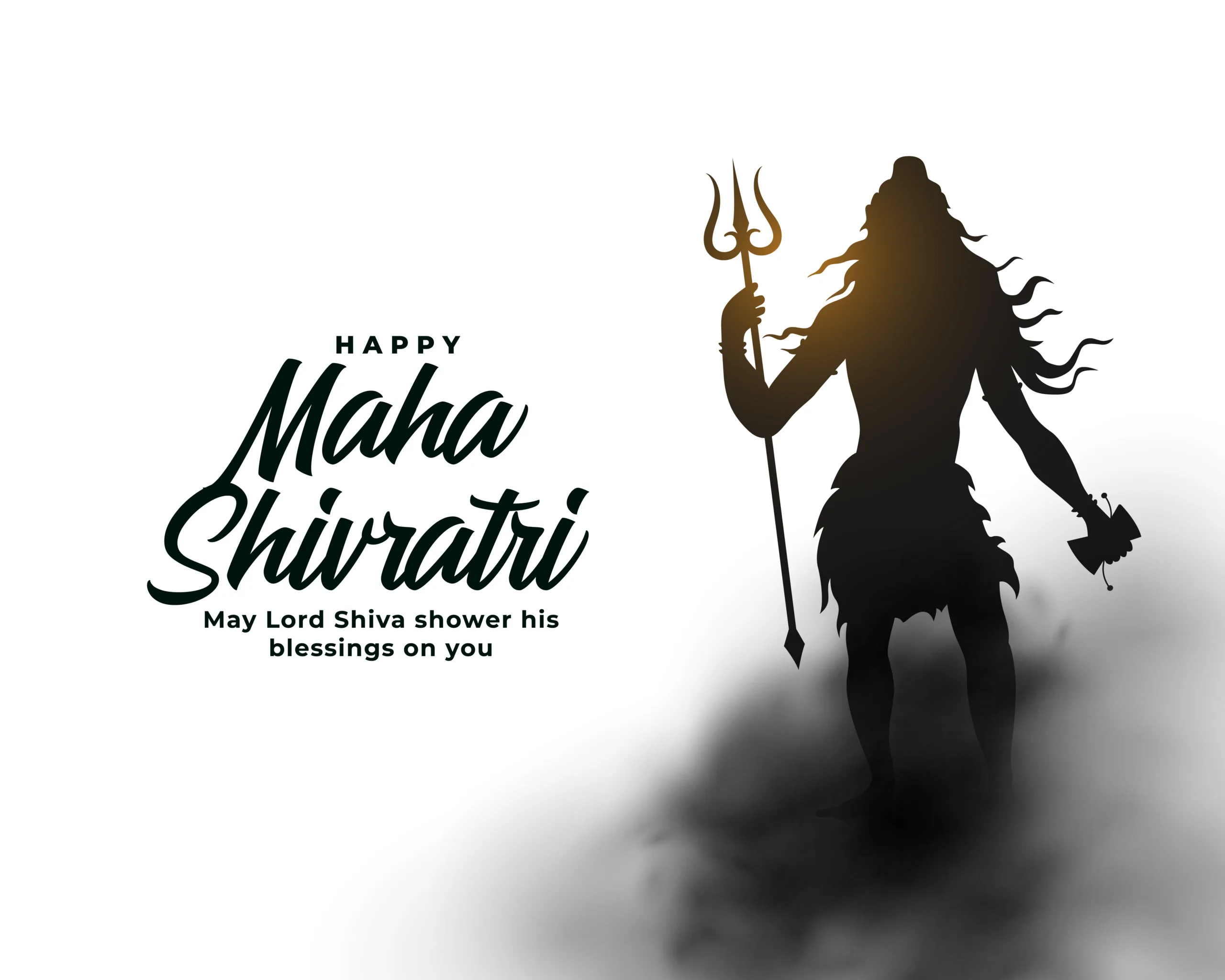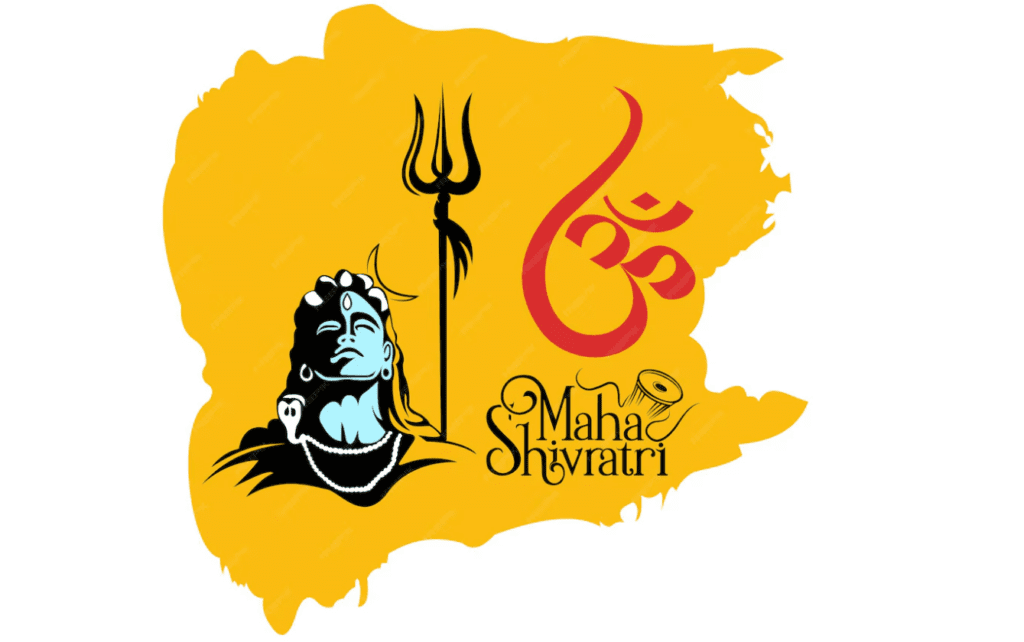Every year, Hindus around the world eagerly anticipate the arrival of Maha Shivaratri, a sacred festival dedicated to Lord Shiva. This auspicious occasion, celebrated with great fervor and devotion, holds profound significance in Hindu mythology and spiritual tradition. As we prepare to embark on this divine journey once again, let us delve deeper into the essence of Maha Shivaratri and explore its rich history, traditions, and practices.
Understanding Maha shivaratri:
Maha Shivaratri, also known as the Great Night of Shiva, falls on the Chaturdashi Tithi of Krishna Paksha in the month of Phalguna or Magha, typically between February and March. This year, Mahashivaratri will be celebrated on March 8, 2024. The festival commemorates several legends associated with Lord Shiva, including his divine dance of creation, preservation, and destruction, known as the Tandava. It is also believed to mark the day of Shiva’s marriage to Parvati and the night he consumed the poison Halahala to save the universe.
Mahashivaratri Fasting Rules
| Type of Fast | Description |
|---|---|
| Nirjala Vrat | Devotees abstain from consuming any food or water throughout the fasting period, which typically begins at 12:00 AM on March 8 and concludes at sunrise on March 9, 2024. |
| Phalahara Vrat | Devotees are permitted to consume certain liquids and dry fruits, including tea, coffee, coconut water, fruit juice, lassi, and dry fruits that are not salty. |
| Samapta | Devotees following this fast can consume all the items allowed in the Phalahara fast. Additionally, they are allowed to eat one meal, typically consisting of sweets such as rice kheer, makhana kheer, jaggery kheer, soojhi halwa, or any other sweet preparation. |
Maha Shivaratri Timeline
| Year | Date | Day |
|---|---|---|
| 1700 BC – 1100 BC | Shiva as an Adjective | – |
| 400 BC – 200 BC | Rudra’s Evolution to Shiva | – |
| 1 AD | Literature for Shiva | – |
| 1997 | A Television Series on Lord Shiva | – |
| 2022 | March 1 | Tuesday |
| 2023 | February 18 | Saturday |
| 2024 | March 8 | Friday |
| 2025 | February 26 | Wednesday |
| 2026 | February 15 | Sunday |
Mahashivaratri Fasting Rules
| Type of Fast | Description |
|---|---|
| Nirjala Vrat | No consumption of food or water throughout the fasting period, from 12:00 AM on March 8 until sunrise on March 9, 2024. |
| Phalahara Vrat | Devotees can consume tea, water, coffee, coconut water, lassi, fruit juice, and dry fruits that are not salty. |
| Samapta | Devotees can consume all the items mentioned in the Phalahara fast, along with one meal consisting of sweets such as rice kheer, makhana kheer, jaggery kheer, soojhi halwa, or any other sweets. |
Mahashivaratri Fasting Rules
| Do’s | Don’ts |
|---|---|
| Begin the day with a prayer and setting a positive intention for the fast. | Avoid consuming grains, pulses, and non-vegetarian food. |
| Stay hydrated by drinking water and consuming hydrating fruits like watermelon and cucumber. | Refrain from engaging in tamasik activities such as eating meat, onion, garlic, gambling, fighting, or abusing. |
| Break the fast with simple, easily digestible foods like fruits, nuts, and yogurt. | Avoid cutting hair and nails on the day of Mahashivaratri. |
| Engage in spiritual practices such as meditation, reading scriptures, and attending satsangs (spiritual gatherings). | Abstain from consuming alcohol and tobacco. |
| Donate food, clothes, or money to the less fortunate as an act of generosity and compassion. | Refrain from consuming salt on the day of Mahashivaratri. |
The Significance of Maha Shivaratri:
Mahashivaratri holds profound spiritual significance for devotees of Lord Shiva. It symbolizes the triumph of light over darkness, good over evil, and knowledge over ignorance. The festival encourages introspection, self-reflection, and spiritual growth, inviting devotees to embark on a journey of inner transformation and enlightenment. By observing fasting, performing puja, and chanting prayers, devotees seek blessings from Lord Shiva for peace, prosperity, and spiritual liberation.
Maha Shivaratri Traditions and Customs:
The observance of Maha Shivaratri is accompanied by various rituals and customs that deepen the spiritual experience for devotees. One of the most common practices is fasting, where devotees abstain from consuming food or water for the duration of the festival. There are different types of fasts, including Nirjala Vrat, Phalahara Vrat, and Samapta, offering devotees flexibility in their observance. Additionally, devotees visit Shiva temples, perform puja, chant mantras, and participate in sacred rituals such as Jalabhishekam and Rudrabhishekam to seek the blessings of Lord Shiva.
Maha Shivaratri Celebrations Across the Globe:
Mahashivaratri is celebrated with great enthusiasm and grandeur across India and in Hindu communities worldwide. In India, devotees throng to major Shiva temples such as Varanasi, Somanatha, and Ujjain, where special prayers and rituals are conducted throughout the day and night. In Nepal, Mahashivaratri is a national holiday and is celebrated with fervor at the revered Pashupatinath Temple. Outside South Asia, Hindu communities in countries like Mauritius, Trinidad and Tobago, and Guyana observe Mahashivaratri with traditional rituals and festivities.
Embracing the Spirit of Mahashivaratri:
As we immerse ourselves in the spirit of Mahashivaratri, let us embrace the teachings of Lord Shiva and strive for inner transformation and spiritual upliftment. Let us use this auspicious occasion to cultivate virtues such as compassion, kindness, and selflessness, and to overcome the darkness and ignorance within ourselves. May the divine blessings of Lord Shiva guide us on our journey towards enlightenment and liberation.
Conclusion:
Mahashivaratri is not merely a festival; it is a spiritual journey that transcends time and space, connecting devotees with the divine essence of Lord Shiva. As we come together to celebrate this sacred occasion, let us renew our commitment to spiritual growth, self-discovery, and universal love. May the divine grace of Lord Shiva illuminate our lives and lead us to the path of truth, righteousness, and eternal bliss.
Disclaimer:
The author is not liable for any outcomes resulting from the content provided. These insights are generated for informational and inspirational purposes only. Readers are encouraged to verify the information and seek additional resources for a comprehensive understanding of Mahashivaratri and its significance in Hindu culture.




